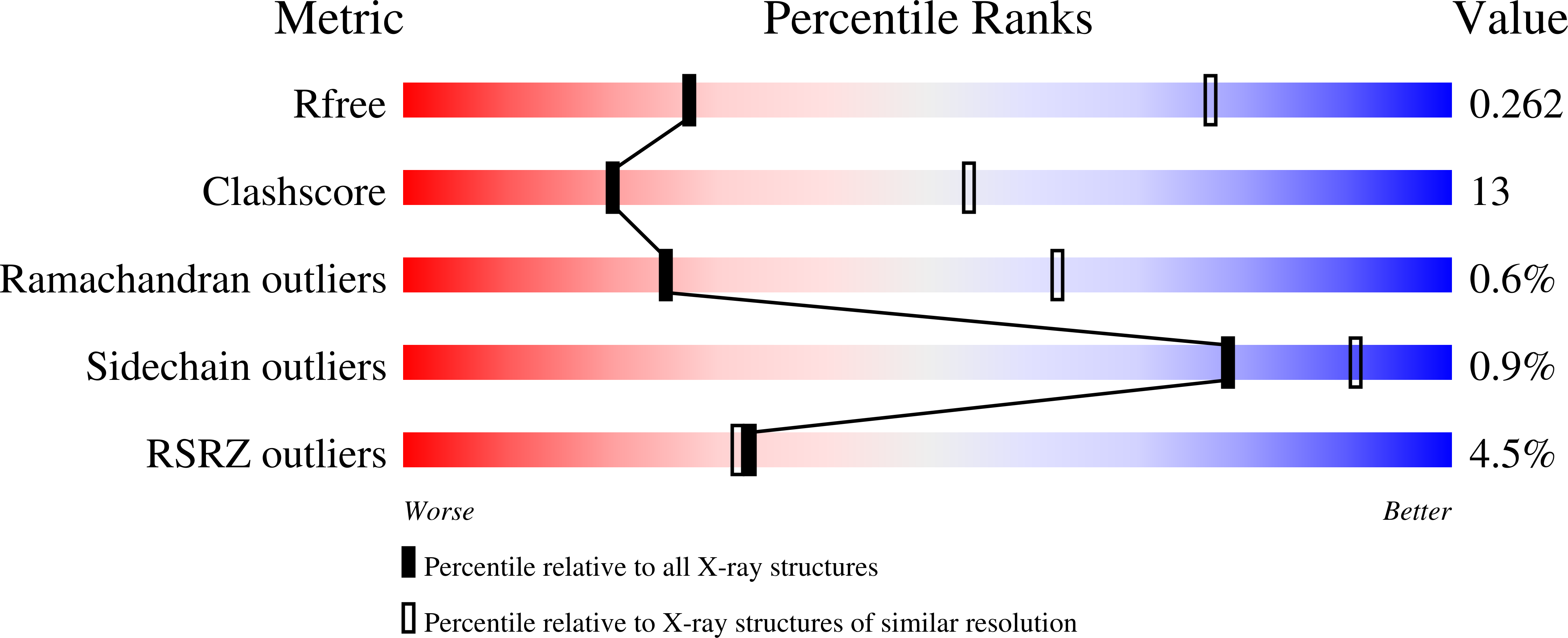
Deposition Date
2017-07-10
Release Date
2017-09-13
Last Version Date
2024-10-23
Entry Detail
PDB ID:
5WEH
Keywords:
Title:
Cytochrome c oxidase from Rhodobacter sphaeroides in the reduced state
Biological Source:
Source Organism:
Rhodobacter sphaeroides (Taxon ID: 1063)
Host Organism:
Method Details:
Experimental Method:
Resolution:
3.45 Å
R-Value Free:
0.26
R-Value Work:
0.22
R-Value Observed:
0.22
Space Group:
H 3


